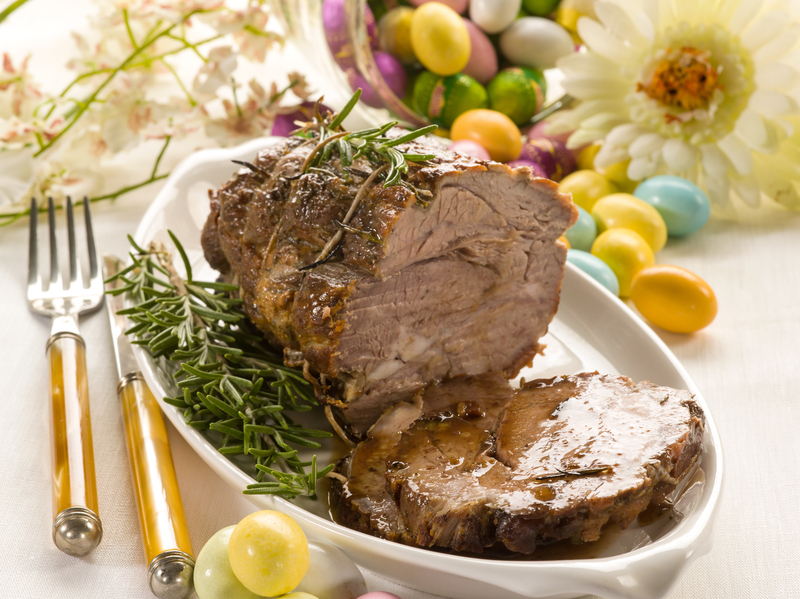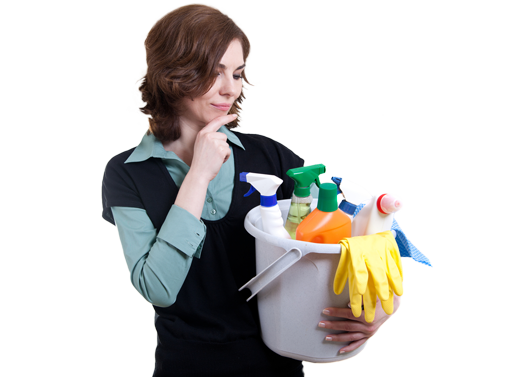A Step-by-Step Guide to Removing Burnt Residue from Your Stovetop
Posted on 26/05/2025
A Step-by-Step Guide to Removing Burnt Residue from Your Stovetop
Cleaning a dirty stovetop can be a daunting task, especially when tough burnt residue or food stains have built up over time. Whether you're dealing with a stubborn mess after cooking a hearty meal or maintaining a sparkling kitchen, knowing how to remove burnt-on residue from your stovetop is an essential skill for any home chef. In this comprehensive guide, you'll discover effective, safe, and practical cleaning methods for various stovetop types--be it glass, ceramic, or gas. Let's bring the shine back to your stove the right way!

Why is It Important to Clean Burnt Residue from Your Stovetop?
Before diving into the cleaning process, it's important to understand why removing burnt food from your stovetop should be a regular part of your kitchen maintenance. Here are some reasons:
- Hygiene: Burnt food particles can harbor bacteria and molds, affecting your food's safety and your health.
- Performance: Build-up of charred residue can impede heat distribution on burners and even block gas flow.
- Appearance: A clean stovetop makes your kitchen look inviting and well-kept.
- Lifespan: Regular cleaning prevents permanent stains or damage to your stove surface.
Types of Stovetops and Precautions
It's crucial to know the type of your stovetop before you begin the process to remove burnt stains. Different surfaces need different care:
- Gas Stovetops: Consist of removable grates and burners.
- Electric Coil Stovetops: Feature liftable metal coils.
- Glass or Ceramic Stovetops: Have smooth, flat surfaces requiring gentle cleaning to avoid scratches.
Essential Supplies You'll Need
Gather your cleaning toolkit so you're ready for every step. Here's a list of items you may need to clean stove tops effectively:
- Baking soda
- White vinegar
- Dish soap
- Non-abrasive scrubbing pads or sponges
- Old toothbrush or small detailing brush
- Plastic scraper (for glass or ceramic)
- Soft microfiber cloth
- Paper towels
- Rubber gloves (optional but recommended)
Step 1: Remove Grates, Burners, and Other Removable Parts
The first step in removing burnt residue from your stovetop is to take off any loose, removable parts. These may include:
- Grates (on gas stovetops)
- Burner caps and rings
- Control knobs (check your manual; many just pull off)
Step 2: Remove Loose Debris and Wipe Down the Surface
Begin by using a dry paper towel or microfiber cloth to sweep away crumbs and loose particles. This step is crucial for preventing scratches while cleaning. For electric coil stoves, carefully lift coils and wipe beneath.
If there are large, stubborn burnt food chunks, gently scrape them off with a plastic scraper. Be gentle! Especially on glass or ceramic--never use a metal scraper or steel wool, as these can permanently scratch the stovetop.
Step 3: Apply Baking Soda Paste for Burnt-On Residue
Baking soda is a non-toxic, effective cleaner perfect for removing burnt-on food from stovetops. Here's how to use it:
- Mix: Combine 3 parts baking soda with 1 part water to create a thick paste.
- Apply: Spread the paste generously over burnt areas and let it sit for at least 15-30 minutes. For heavily charred spots, leave for up to an hour.
- Scrub: Using a soft sponge or a microfiber cloth, gently scrub in circular motions. The alkaline nature of baking soda helps break down tough residue without harming your stovetop.
Step 4: Use Vinegar for Extra Cleaning Power
For removing stubborn burnt residue from glass stovetops or ceramic surfaces, white vinegar can be a powerful ally. The acidity in vinegar works to dissolve mineral deposits and food scorch marks.
- Spray undiluted white vinegar directly onto the burnt spots (or all over the affected area for uniform cleaning).
- Let it fizz and bubble for a few minutes as it reacts with any remaining baking soda and food residue.
- Wipe clean with a microfiber cloth for a beautiful, streak-free finish.
Step 5: Address Tough, Stubborn Burn Marks
Sometimes, you'll encounter extra-tough, burnt-on stains that require a bit more elbow grease. Here's how to tackle them:
- Soften residue: Place a warm, damp towel over the area for 10-15 minutes to loosen the burnt food.
- Razor blade (for glass only): Carefully use a new, sharp razor blade scraper at a shallow angle to gently lift the burnt residue. Never use on ceramic or enamel surfaces!
- Repeat baking soda paste: Reapply the paste and let it sit; persistence pays off.
- Specialized stovetop cleaners: For extremely difficult spots, commercial stovetop cleaners (check your manufacturer's recommendations) can help.
Step 6: Wash and Dry Removable Parts
While your stovetop dries, clean the parts you set aside:
- Scrub grates, burners, and knobs with dish soap and a brush or sponge.
- If tough residue remains, sprinkle with baking soda, add a few drops of vinegar, and scrub again.
- Rinse thoroughly and dry completely before reassembling to prevent rust or electrical issues.
Step 7: Final Wipe and Polish
Once you've removed all burnt residue from your stovetop and washed the parts, do a final wipe-down:
- Use a damp microfiber cloth to wipe the entire stovetop and surrounding area.
- For a streak-free finish, polish with a dry microfiber cloth or paper towel.
- Optional: Spray with a little diluted vinegar or specialized polish (for glass surfaces) to restore shine.
Expert Tips to Prevent Burnt-On Residue on Stovetops
An ounce of prevention is worth a pound of cure! To keep your stove looking new and minimize cleaning efforts:
- Wipe spills immediately: Clean up saucy spills or boil-overs as soon as it's safe.
- Use burner covers: For gas and electric coil tops, burner covers catch splatters and food drips.
- Avoid overheating pans: Excess heat causes foods to burn and stick to the surface.
- Season cast-iron grates: A thin layer of oil prevents rust and sticking.
- Deep clean weekly: Set a regular cleaning routine besides your "as-needed" wipe-downs.
Recommended Products for Removing Burnt Stove Residue
There are many household cleaners and commercial options available to remove stove top burnt-on stains. Here are a few trusted recommendations:
- Baking Soda and Vinegar: Safe, natural, and effective for most stove surfaces.
- Bar Keepers Friend: A gentle abrasive cleaner, excellent for glass, ceramic, and enamel.
- Weiman Cooktop Cleaner: Specially formulated for glass and ceramic stoves.
- Magic Eraser: Good for light cleanups, but avoid on delicate coatings.
- Dawn Dish Soap: Effective for lifting grease and light burnt residue.

Frequently Asked Questions About Removing Burnt-On Residue from Stovetops
Can I use steel wool or abrasive pads?
No. Steel wool or harsh scouring pads can permanently scratch glass, ceramic, and enamel stove surfaces. Use only soft, non-abrasive materials or a plastic scraper made for kitchen surfaces.
What if I can't remove burned stains with baking soda and vinegar?
If basic methods don't work, try a specialized stovetop cleaner or repeat the soaking process. For glass or ceramic-top stoves, a razor blade scraper can help, but use carefully and only on suitable surfaces.
How often should I clean my stovetop to prevent burnt residue build-up?
Wipe down your stovetop after every use for best results, and perform a deep clean weekly or whenever spills occur. Routine maintenance prevents the need for scrubbing tough burnt-on food.
Is it safe to use oven cleaner on my stovetop?
Standard oven cleaners are too harsh for most stovetop surfaces and can cause permanent damage, especially glass or enamel. Use cleaners formulated for stovetops, or stick with natural solutions like baking soda and vinegar.
Conclusion: Keep Your Stovetop Sparkling
With the right supplies, informed techniques, and a bit of persistence, removing burnt residue from your stovetop is simpler than you might expect. By following these step-by-step instructions, you'll keep your kitchen looking immaculate and extend the life of your appliance.
Remember: Regular cleaning is your best defense against tough stains and burnt-on grease. Your future self--and your dinner guests--will thank you for keeping your stovetop spotless!
For more kitchen cleaning advice, check out our other guides and keep your entire cooking space in top shape.
```




